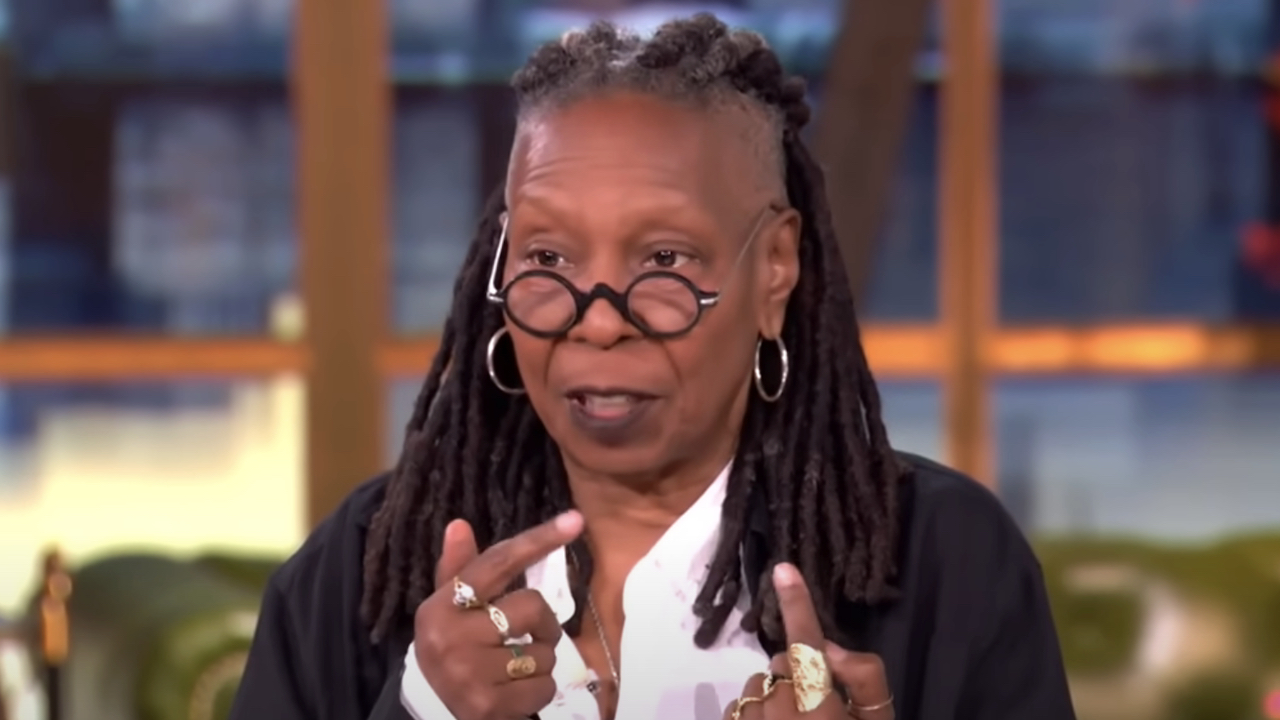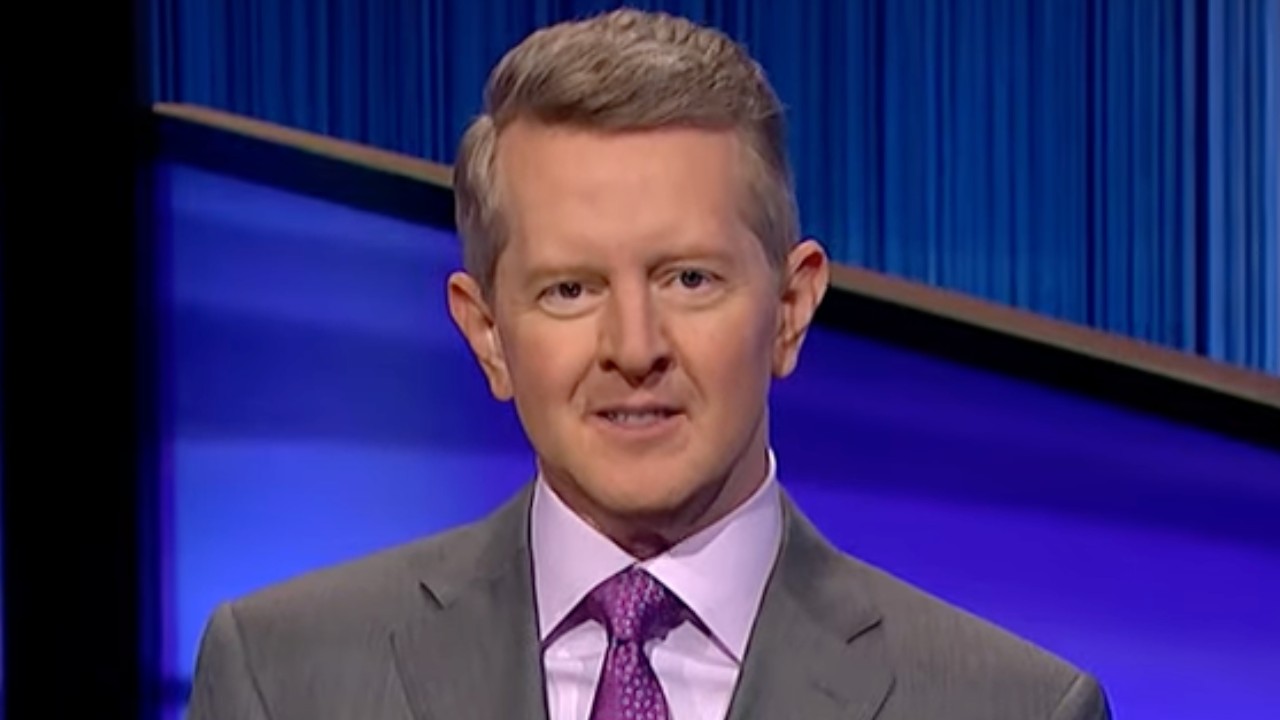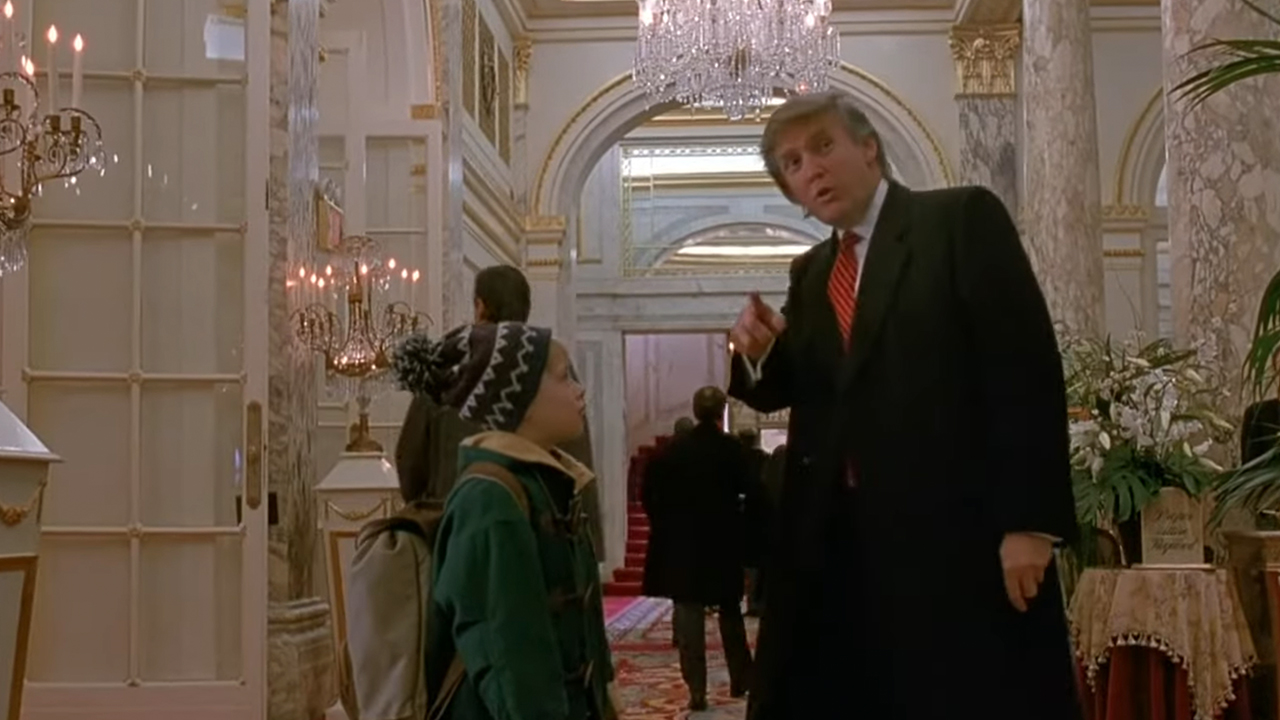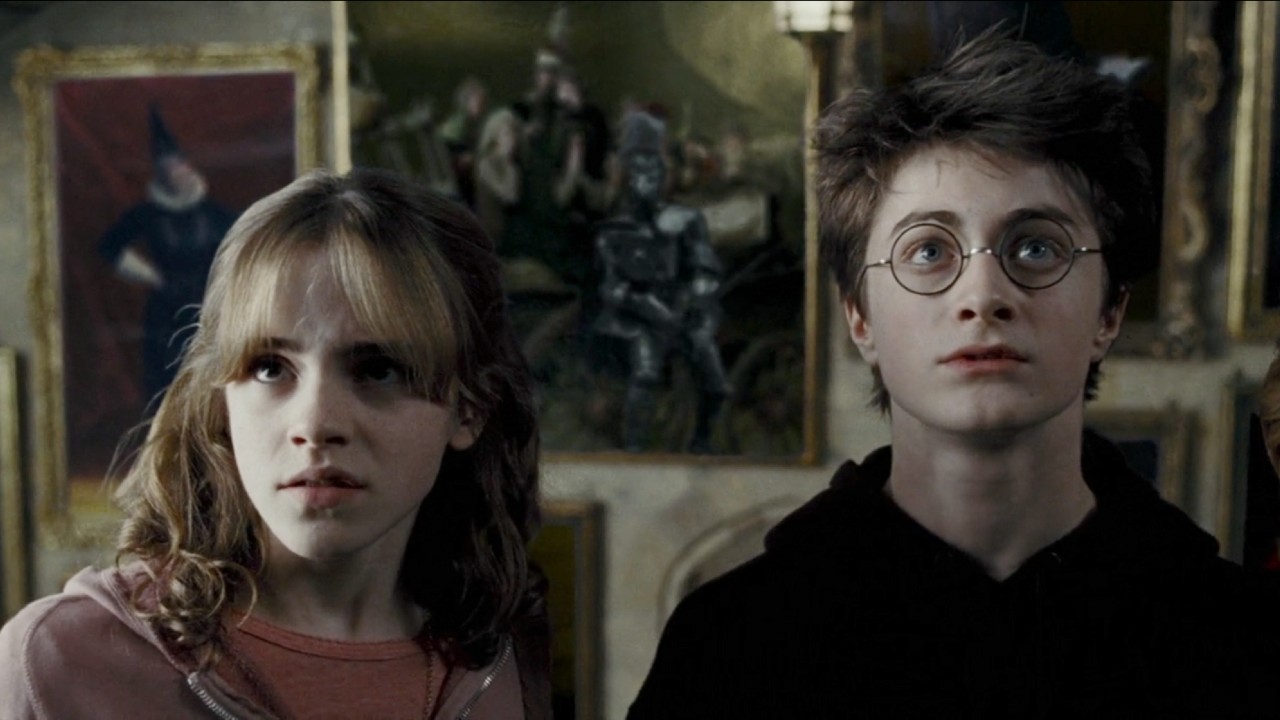Way More People Than I Thought Are Watching YouTube On Their TVs

You know what’s weird? I can’t tell you how many times I’ve been involved in or overheard arguments about the best format to consume movies in. Whether it’s film versus digital or the big screen versus at home rentals or even if it’s acceptable to watch movies on your phone, these conversations are go-to arguments for movie snobs, and yet, I can’t remember a single time in which someone has shared with me feelings about how YouTube videos are meant to be consumed. I’ve definitely had some conversations about personal preferences, but I’ve never been around someone who is invested in how other people are watching. I don’t think anyone cares. I would have guessed that’s because everyone just watches on computers, phones or tablets, but it turns out that’s not the case at all.
A new study came out in The Information this week that said forty percent of all YouTube ads are now consumed on connected televisions. Now given different devices are going to have different fill rates on their ads, that doesn’t necessarily mean forty percent of all YouTube videos are watched on a TV. Unscientifically, however, I think it’s fair to use that data to infer a ton of people are watching YouTube content on their TVs. I’m shocked. I knew some people preferred this setup, but I had no idea how widespread it is. In fact, YouTube ad consumption on connected TVs has apparently grown from just twelve percent two years ago to the forty percent now, which is interesting and also potentially important.
It’s potentially important because budgets on entertainment content have not, by and large, switched to the Internet or streaming as quickly as people may have guessed. Any content creator on YouTube can speak plainly to that reality. Even so, YouTube is already a major driver of ads. According to Next TV, the video publishing platform grossed more than $6B in ad revenue in the first quarter of this year. Long-term, if the service is able to pull away more ad dollars that would have gone to traditional television networks, that number could climb exponentially.
If it does, it will also accelerate the fall of conventional television. Despite declining viewing numbers, many shows are still able to afford large budgets because advertisers still spend at high ad rates to associate their products and offerings with specific TV shows. Or maybe it’s because they feel ads watched on a larger screen are more likely to sink in. Or maybe they just like spending money where they’ve always spent it and are slow to change. Right now we just don’t know, which shouldn’t come as a surprise for an industry so in flux.
There’s never any shortage of discussions, articles and hot takes about the migration away from cable and toward streaming services. Understandably so. The largest streaming services boast huge worldwide subscriber bases and are spending billions every year on content. They're also starting to consolidate. Beneath the surface, however, the growth of YouTube (which also now has a more conventional TV service too) and the battle between Smart TVs and various streaming devices like Roku and Amazon Firestick are just as important long-term. Nothing has really shaken out yet fully, and every large company is aware of how much money is at stake, whether people are watching on connected TVs or not. Now, if you’ll excuse me, I need to go watch some YouTube on my connected TV.
CINEMABLEND NEWSLETTER
Your Daily Blend of Entertainment News
Mack Rawden is the Editor-In-Chief of CinemaBlend. He first started working at the publication as a writer back in 2007 and has held various jobs at the site in the time since including Managing Editor, Pop Culture Editor and Staff Writer. He now splits his time between working on CinemaBlend’s user experience, helping to plan the site’s editorial direction and writing passionate articles about niche entertainment topics he’s into. He graduated from Indiana University with a degree in English (go Hoosiers!) and has been interviewed and quoted in a variety of publications including Digiday. Enthusiastic about Clue, case-of-the-week mysteries, a great wrestling promo and cookies at Disney World. Less enthusiastic about the pricing structure of cable, loud noises and Tuesdays.









